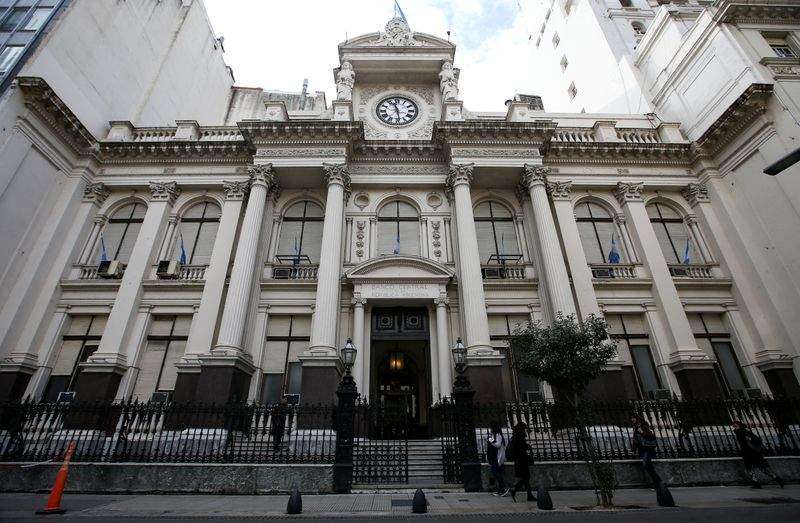Argentina has once again tightened foreign-currency restrictions at commercial lenders, as President Javier Milei’s administration intensifies its efforts to bolster the peso and mitigate inflation in the lead-up to midterm elections.
The Central Bank announced new regulations on Friday aimed at enhancing oversight of the foreign-exchange market and reducing volatility, as stated in a publication on its website. The peso appreciated by as much as 1.4 percent before reducing its gains to nearly 0.7 percent as of 11:45 AM local time. Effective immediately, banks are prohibited from increasing their daily spot FX position on the last business day of the month, relative to the balance from the previous day. The initiative seeks to curtail end-of-month balance sheet strategies that may exacerbate demand for dollars and intensify pressure on the peso.
Beginning December 1, lenders will be mandated to adhere to the negative global net FX position limit on a daily basis, as opposed to the monthly average that has been utilized up to this point. The alteration signifies a transition towards more rigorous, daily oversight of banks’ exposure to the currency market. The regulation restricts banks from acquiring foreign currency in the spot market on the same day their futures contracts reach maturity, highlighting the monetary authority’s commitment to reducing dollar demand in times of financial strain. Milei has intensified measures to safeguard Argentina’s currency through the implementation of a stricter monetary policy, which is exerting additional pressure on the banking system and the overall economy in his battle against inflation.
This week, the government successfully refinanced its entire portfolio of notes during a debt auction. In order to bolster demand, policymakers have raised the proportion of commercial bank deposits required to be held at the Central Bank, thereby compelling these institutions to take on a greater volume of government debt. The implemented measures effectively drained liquidity, thereby reinforcing a vulnerable peso that was at risk of rekindling inflationary pressures. Friday’s movement in the market could be viewed as a continuation of the rally that followed the auction.

